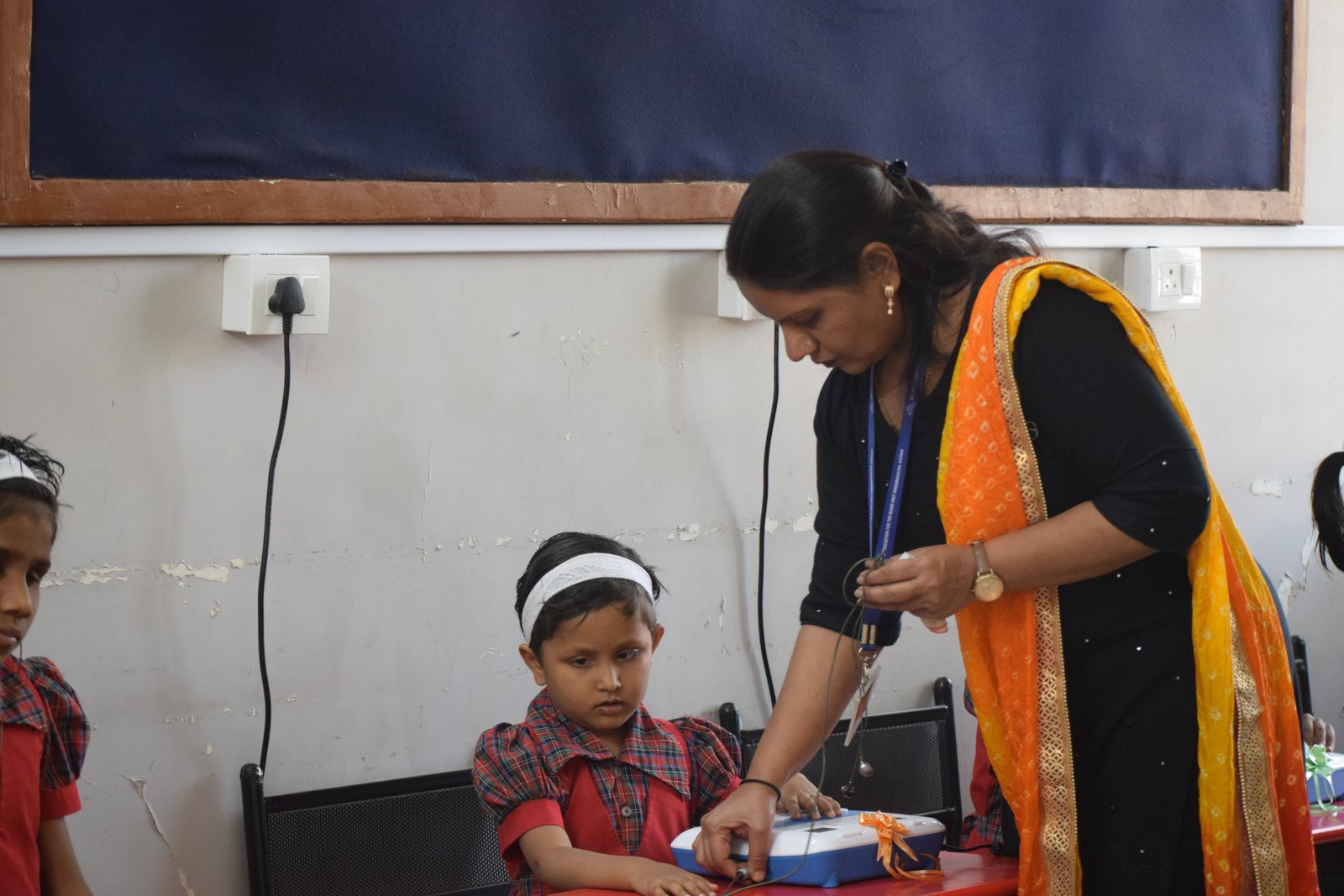Phone:91-253-2364378

Education is a fundamental right, yet many visually impaired students still face barriers in learning. Schools must integrate accessible materials, including Braille textbooks and audio-based learning, to ensure equal opportunities.
Assistive technology, such as screen readers and tactile graphics, enhances the learning experience and helps students thrive academically. Teacher training programs are also crucial in fostering an inclusive classroom environment.
By prioritizing accessibility in education, we can empower visually impaired individuals to pursue their dreams and contribute meaningfully to society.
Teachers and educators play a crucial role in shaping an inclusive learning environment. By incorporating multisensory teaching methods, such as tactile learning tools and auditory instruction, they can accommodate diverse learning styles. Collaboration between schools, parents, and specialized organizations ensures that visually impaired students receive the support they need to excel academically and socially.